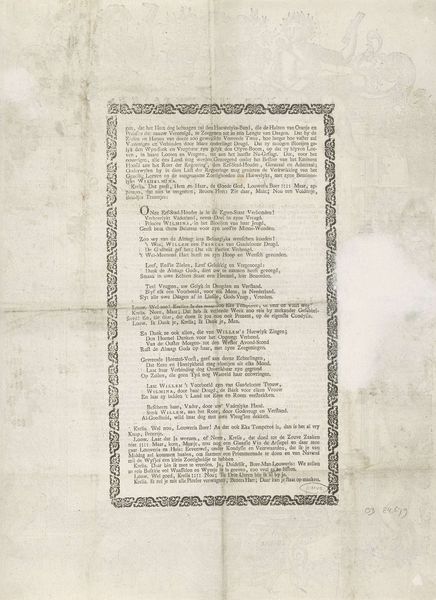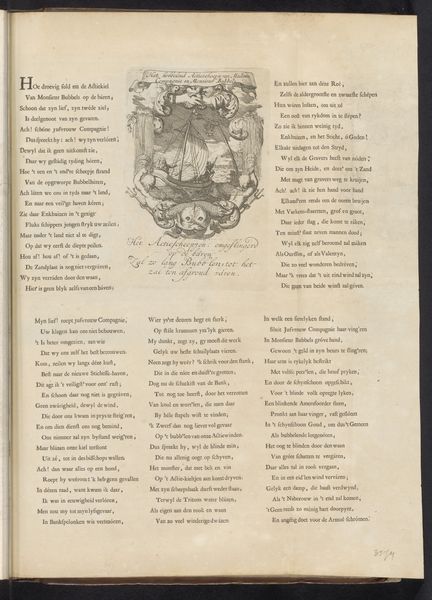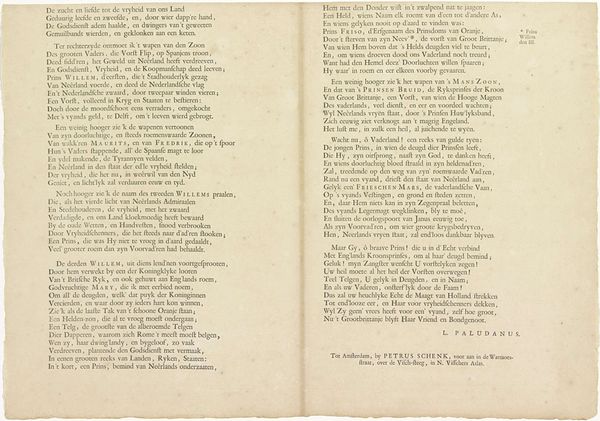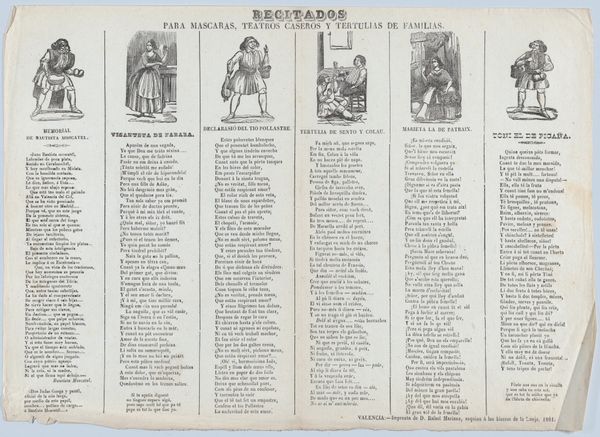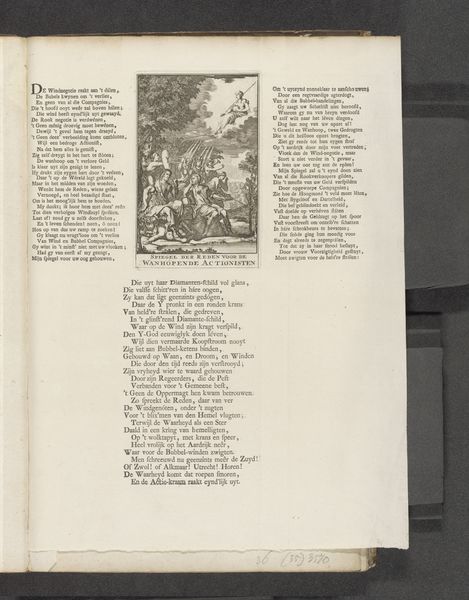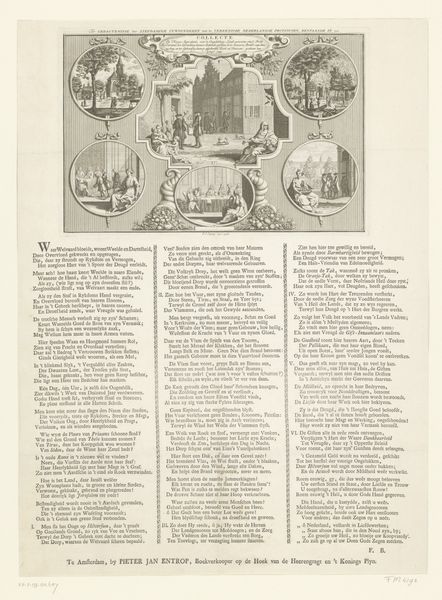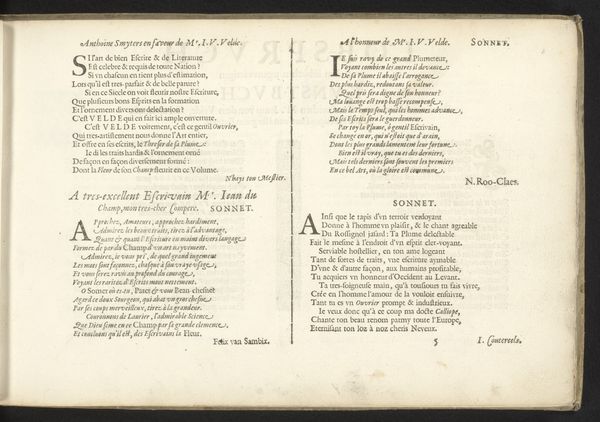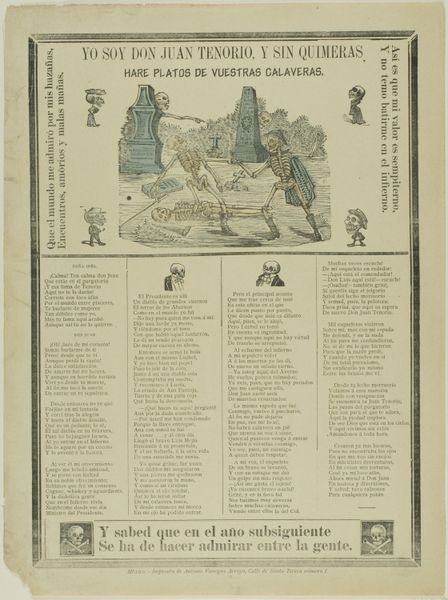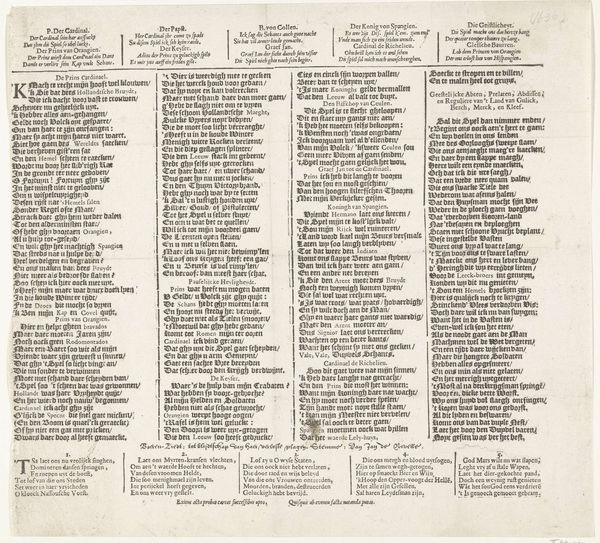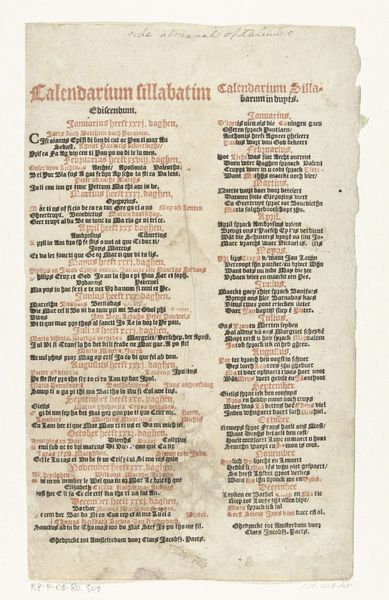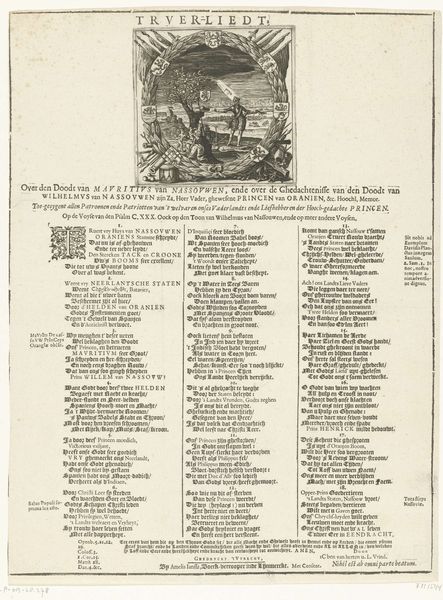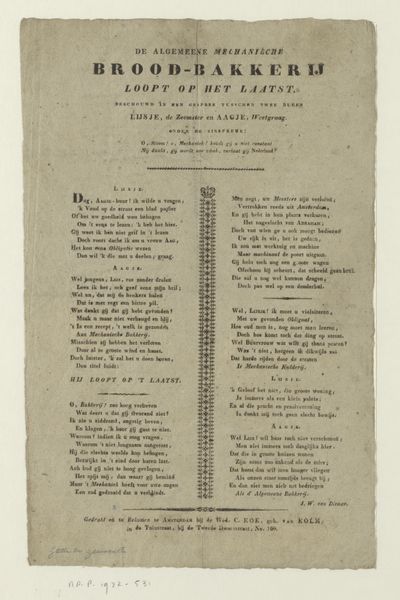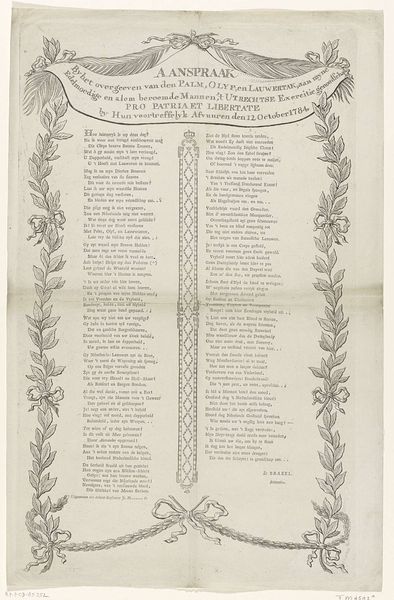
print, etching, weaving, textile
#
narrative-art
# print
#
etching
#
weaving
#
textile
#
text
#
united-states
#
genre-painting
Dimensions: 30.5 × 30.5 cm (12 × 12 in.)
Copyright: Public Domain
Editor: This is a 19th-century printed textile called "Handkerchief" by the Boston Chemical Printing Company. It's a fascinating piece; it presents as a visual narrative, with text surrounding different vignettes. I’m curious about its composition; the borders are quite ornate, yet the images themselves have a certain starkness. What do you see in this piece, especially considering it’s intended use as a common textile? Curator: Formally, I am drawn to the stark contrasts in texture and pattern. Notice the geometric border, its repetitive nature creating a frame for the emotionally charged scenes within. The figures, rendered with simple lines, lack the nuanced shading one might expect, emphasizing a flattened perspective, further amplified by the surrounding narrative text. The density of this text, in turn, produces a visual contrast against the airy, almost sparse figures and landscapes of the three sections. Do you perceive a purposeful effect from this juxtaposition? Editor: Yes, I do. It creates a dynamic tension. It’s like the artist is setting up these conflicting visual cues for a reason, right? The elaborate border contrasts with the scenes' relative simplicity, potentially highlighting the emotional complexity of the stories contained within. So what are they? Curator: These conflicting cues enhance, precisely, the semantic potential within the compositions, using framing techniques to heighten our attention. These compositional attributes enhance not only the surface’s two-dimensionality, but our ability to decode textual/narrative information from the represented figures. Consider the figures within the illustrated vignettes; do they convey qualities reflective of other images of its kind during the 19th Century? Editor: They feel somewhat simple, less detailed. What strikes me is how the overall composition leads you to visually read before noticing the image. It really does challenge our standard interpretations of visual hierarchy! It's a small textile, meant for wiping one’s face, elevated to storytelling device. Curator: Exactly! By considering elements such as form, space, line and narrative, our understanding has surpassed assumptions of surface beauty.
Comments
No comments
Be the first to comment and join the conversation on the ultimate creative platform.
